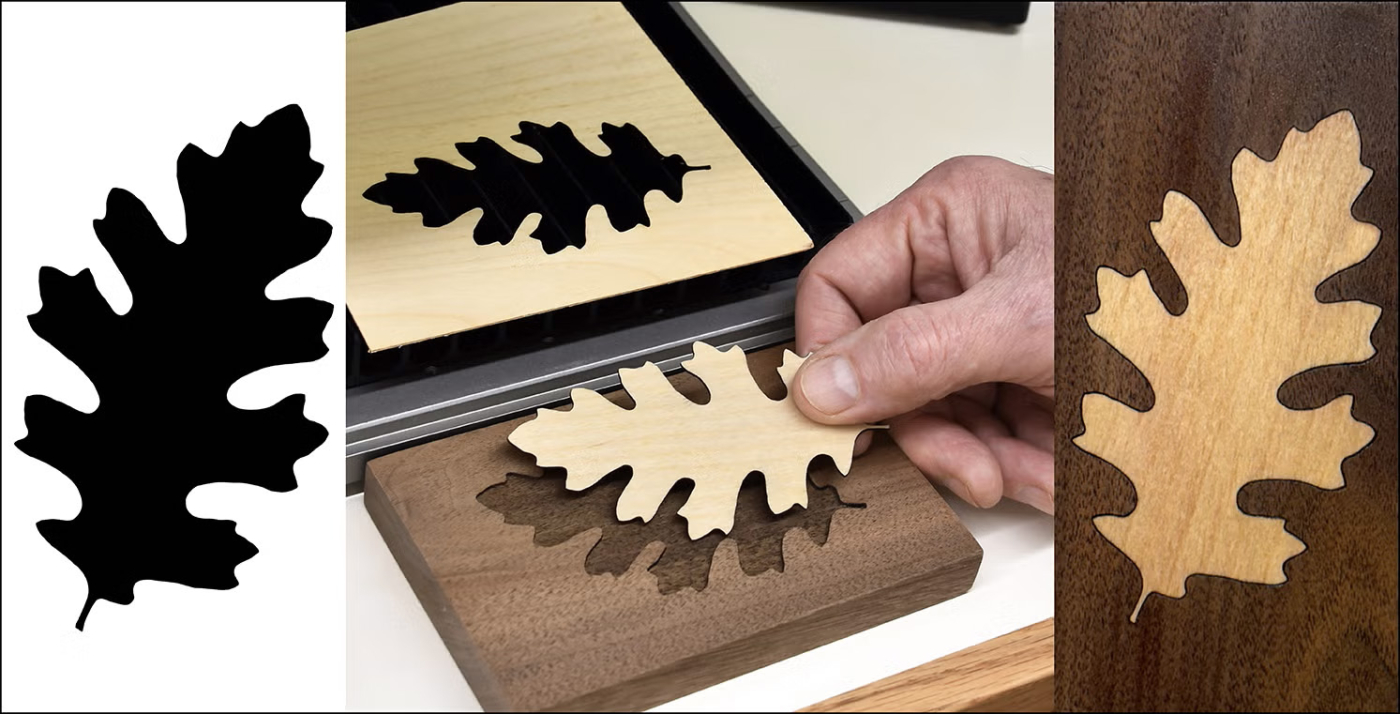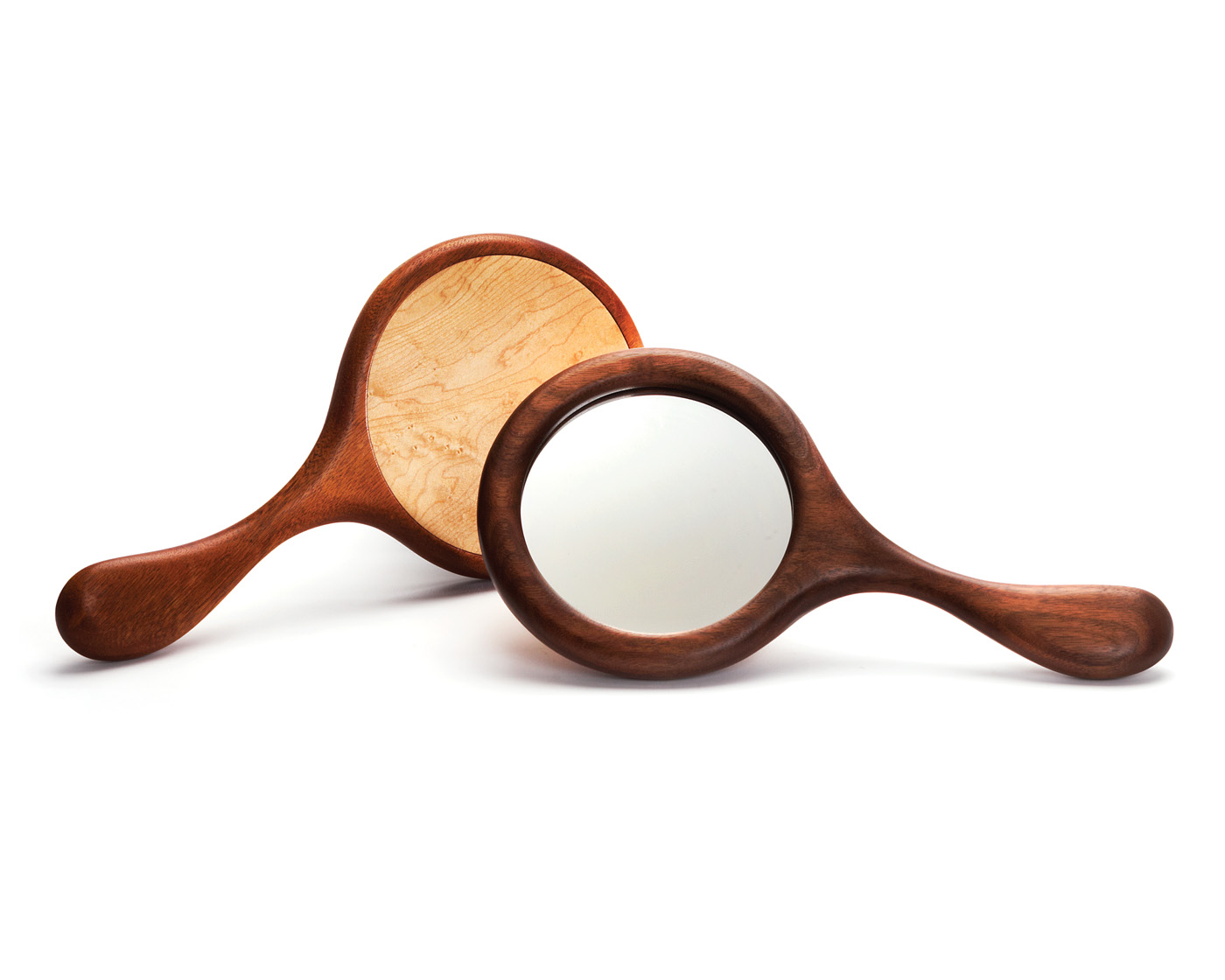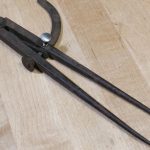We may receive a commission when you use our affiliate links. However, this does not impact our recommendations.
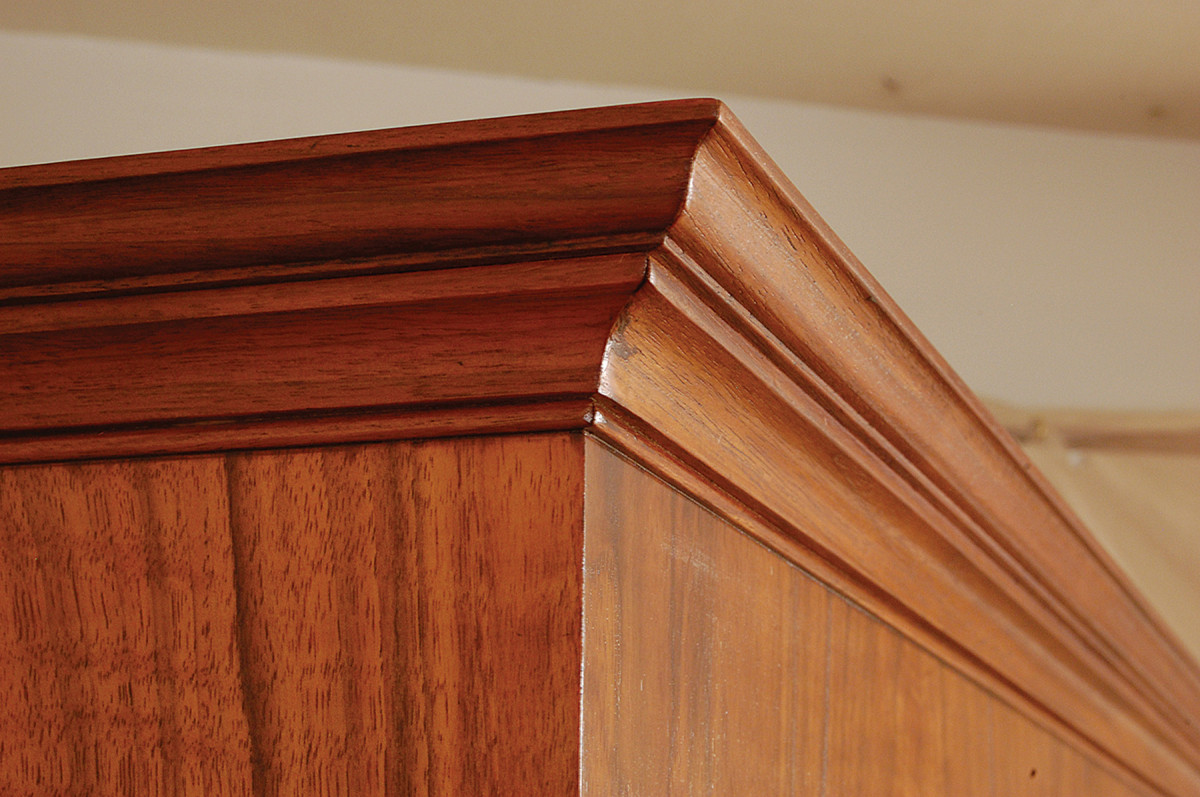
Go bold. Mouldings do much more than hide joinery; they add a bold sense of depth to a design.
Use moulding, carving and other details to add visual layers.
Have you ever gazed at a great painting and, for a brief moment, found yourself pulled into it? Almost like magic, a few well-crafted brush strokes can trigger memories like the haunting cries of a seagull or the briny smell of salt air.
It flips a switch in our imagination that allows us to experience the image as though looking through a window or imagining ourselves actually inside the scene. “Qualia” is a term to describe this, or simply “raw feel.” That raw feel in a painting might be the sum of many parts, but almost always there is a sense of depth.
Both furniture and paintings share some things in common when it comes to design. They both employ simple shapes arranged in a composition and they both rely on a sense of depth to engage the eye.
We use proportions to bring those shapes in relation to one another and to the viewer. Yet the one thing that brings a sense of life to a design is depth.
As humans, we key into depth with all of our senses, but especially with our sight. Our ancestors scanned the contours of distant hills searching for that green valley where they found food and shelter. They listened to the far-off howl of wolves and judged by the depth of sound whether their flocks were in danger. We are wired to understand our surroundings through our perception of depth, so it’s no surprise it plays a role in design.
Depth & Our Sense of Space

Miles to go. The horizon line on this scene is miles away. Lights and darks achieve this effect on a flat canvas.
A painter creates this visual magic in a flat canvas by using color values (lights and darks) to give a sense of layers . Bright, deep colors pull objects in the foreground forward. The colors in the middle ground fade gradually, while objects in the distance are muted further, sometimes fading into a distant horizon.
An artist can use layers of light to craft an image many miles deep in a flat canvas. In a similar way, layers of light and shadow can bestow a cabinet with a presence that’s noticeably more engaging than if it were a just a plain wooden box.
Without thinking, we automatically search for visual markers to give us a sense of depth. Our eyes are tuned to pick up any breaks or disturbances in a monotonous surface. We enter a room and immediately size up the space and its depth by locating the floor in relation to the ceiling. That’s one of the reasons a wall with a pronounced baseboard and crown moulding makes a strong visual statement. Taken the other way, a room with bare and similar colored walls, floor and ceiling can be downright disturbing. It offers no visual keys to comprehend the space.
Tricks to Add Depth

More than the sum. A traditional raised-panel door is more than just a strong, lightweight solution. The shadow lines create a sense of depth not found in a flat panel.
Regardless of your taste in furniture, it can help to take a closer look at how traditional artisans tackled the problem of depth.
Many of the elements of the traditional lexicon helped create layers in a design. Mouldings, carvings, decorative inlay and figured woods were employed skillfully to create patterns of light and shadow. Mouldings and carvings especially were used to reflect light in a way that accentuated depth.
In fact, the most amazing thing about well-executed carving and crisp mouldings is how deep they can appear in a relatively shallow surface.
A series of mouldings forming a border creates a band of strong reflection and shadow to give a captivating sense of depth. Even a shadow line formed by a small bead or fillet can give a bland surface a pop. A curve worked into the vertical profile of a design imparts a fluid sense of motion or strength, but a curve incorporated horizontally across the front of a façade breaks up the reflection of light on a flat surface and creates a sense of depth.
Modern design often avoids many such traditional elements as mouldings or carving. Yet there still are methods to achieve depth aside from these.
Breaking up a flat surface by bringing elements forward creates a sense of depth. Note that it doesn’t require much of a recess or a projection. Often a section of a cabinet pulled an inch forward is enough to add some visual depth.
Adding curvature is a sure way to create depth by altering the reflective qualities of a surface. A turned leg will always look deeper than a flat leg, even if the design uses the same profile. Introducing a panel with texture will break up a surface much like ripples disturb the surface of water.
Application

Thinking deep. A fireplace is just a hole in the wall. Yet, with the addition of mouldings to create depth, it becomes a focal point in a room.
At the drawing board, much of the initial work involves roughing in a basic form. Once the form is established, the design is brought to life by looking for ways to add layers.
Mouldings are one way to accomplish this, and mouldings tell us something else about depth. Mouldings usually highlight where one part transitions into another.
Those transitions or borders are often opportunities to add depth. Can the drawer faces be pulled forward or recessed? Can we break up a flat surface and introduce a curved surface? Can we add a textured panel in a door frame to help it leap forward from the surrounding surface? (Always keep in mind that it’s possible to go too far, creating something too busy or jumbled.)
Conclusion
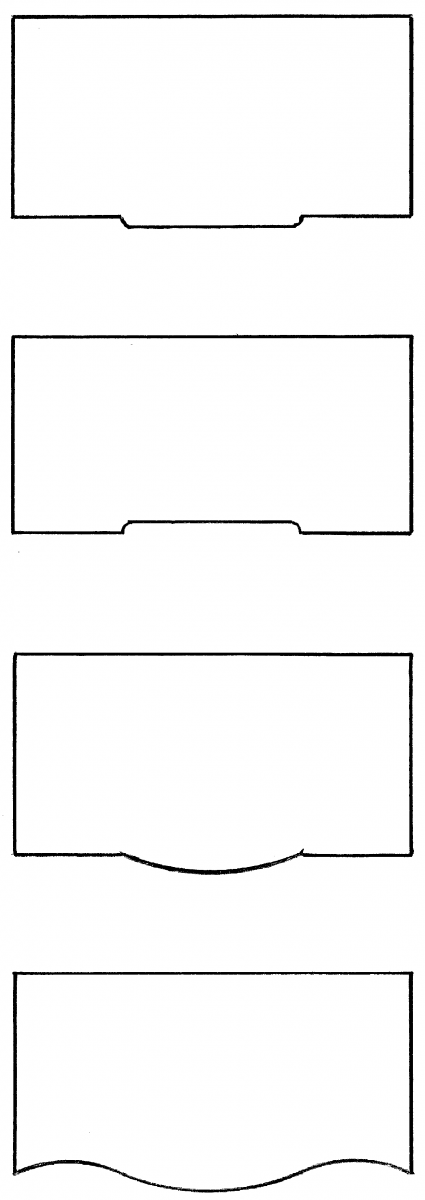
Break it up. These top views of a cabinet show some simple ways to change up a façade to create depth.
Gaining an understanding of the role that depth plays in a design can open up new avenues to explore. Take note of the mouldings and carvings on traditional work to train your eye and tune in to how period craftsmen achieved depth. Revisit your earlier work and ask yourself honestly if it might be more inviting if some of these lessons were applied.
One parting thought: All these options to add layers do not make a design easier to execute. In fact, they often make a build much more challenging. But hey, if we want easy furniture, there’s plenty of that at the big-box store.
Here are some supplies and tools we find essential in our everyday work around the shop. We may receive a commission from sales referred by our links; however, we have carefully selected these products for their usefulness and quality.






